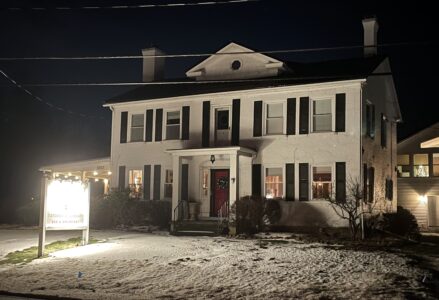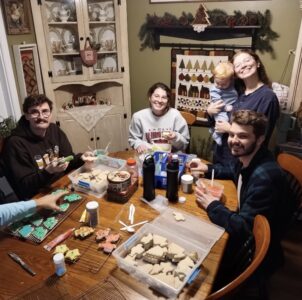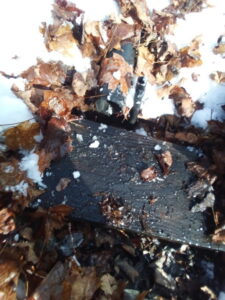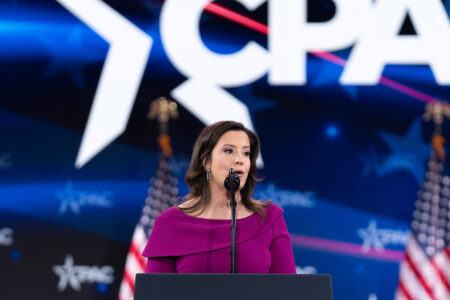Will Summer Slide Become COVID-19 Avalanche?
If a two-month absence from structured learning results in a summer slide, will losing six months of classroom instruction lead to the COVID-19 avalanche?
Dr. Megan Kuhfeld and Dr. Beth Tarasawa of the Northwest Evaluation Association released a short study on Thursday saying the impacts of early March school closures are likely to be more drastic in math than in reading, particularly if schools don’t reopen. While New York has only closed schools statewide through April 29, Pennsylvania officials announced Thursday that school buildings won’t reopen until the fall.
Kuhfeld and Tarasawa analyzed past research into the summer slide. While there is still debate over the severity of learning loss over the summer months, the researchers said there are consistent trend lines across dozens of studies that show declines tend to be steeper for math than for reading and the extent of the loss increases in the upper grades. The study released Thursday uses the past research in combination with a national sample of five million students in third through eighth grades who took MAP Growth tests in 2017-18.
That allowed the researchers to ascertain a typical growth trajectory for students who completed a standard-length school year and then to make projections for what may happen in two scenarios for longer school closures. The COVID-19 slide scenario the researchers used showed patterns of academic setbacks typical of summers throughout an extended closure. A COVID-19 slowdown scenario was also used in which students maintained the same level of academic achievement they had when schools were closed.
“Preliminary COVID slide estimates suggest students will return in fall 2020 with roughly 70% of the learning gains in reading relative to a typical school year,” Kuhfeld and Tarasawa wrote. “However, in mathematics, students are likely to show much smaller learning gains, returning with less than 50% of the learning gains and in some grades, nearly a full year behind what we would observe in normal conditions.”
The researchers also note that those learning loss projections may be worse because they don’t factor in additional issues that could be created by COVID-19 school closures. Kuhfeld and Tarasawa wrote that children from more affluent families are more likely to have the financial resources, stable employment and flexible work from home and childcare arrangements to retain knowledge than families who are renting their housing, working in low-pay fields that are hardest hit by the economic impacts and experiencing higher rates of food insecurity and family instability.
“Nevertheless, these preliminary forecasts parallel many education leaders’ fears: missing school for a prolonged period will likely have major impacts on student achievement come fall 2020,” Kuhfeld and Tarasawa wrote. “The COVID-19 crisis is a call to action for practitioners and policy makers alike. Once schools are back in session, we must be prepared to support students, many of whom will likely be behind academically.”
Among the researchers’ recommendations to help students when they do eventually return to school is the need to provide resources and support to families by making sure students and families have access to appropriate, engaging mathematics and reading materials, instruction and support during coronavirus closures. The researchers also suggest that educators will need data to help students, which is difficult because many such tests have been cancelled.
At least one New York education policy maker is seeing the same issue. Regent Susan Mittler said during a Board of Regents meeting on Monday that the Regents must begin to set policy to discover shortcomings that arise during New York’s COV ID-19 school closures.
“Another issue is which units are not covered,” Mittler said. “How we’re documenting what children are not getting by the choice of teachers because you cannot cover everything and they’ve lost a lot of time. How do we document this? Early childhood classes grades k-3, for example, are trying to develop fundamental skills and we need a means by which these students can be assessed in their progress. We really need to talk about, not standardized tests, but some form of accountability for children and the teachers and the parents to know what their children are doing.”
Adding to the uncertainty in Jamestown, at least, is that a program that began in 2019 to help address the summer slide in literacy may not continue this year if the state doesn’t allow people to congregate this summer. The Jamestown Public Schools District had almost 400 students participate in its LEAP program last year, 98% of whom did not see a loss of reading skill over the summer months. The program cost $476,508. Twenty-two percent of that went to teachers while 58% went to the Jamestown Area YMCA, the Jamestown YWCA and the Winifred Crawford Dibert Boys and Girls Club, agencies that partnered with the school district for the LEAP program. Field trips and enrichment took 8% of the budget, followed by busing (5%), field trip busing (4%) and supplies and curriculum (3%). There was no local taxpayer dollars used to pay for the program, with 51% coming from federal Title 1 funding, 16% from a federal 21st Century Community Learning Centers grant, 24% from the Ralph C. Sheldon Foundation, the Lenna Foundation, the Cummins Foundation, the Chautauqua Region Community Foundation, the Jamestown Promise Fund and the United Way of Southern Chautauqua County. The final 9% came from state aid.
District officials aren’t sure if the program will be held this summer due to the COVID-19 pandemic, though district officials have begun to line up contracts and funding from area partners in the event the state allows such programs to take place. Some of those contracts were approved during Tuesday’s meeting.
“I would be really bummed if we had to cancel that,” Dr. Bret Apthorpe, Jamestown Public Schools superintendent, said during a recent Facebook Live chat. “We’ll wait to see what the data tells us. I’ll never open any school if we think it’s dangerous for kids. I’m hoping.”




